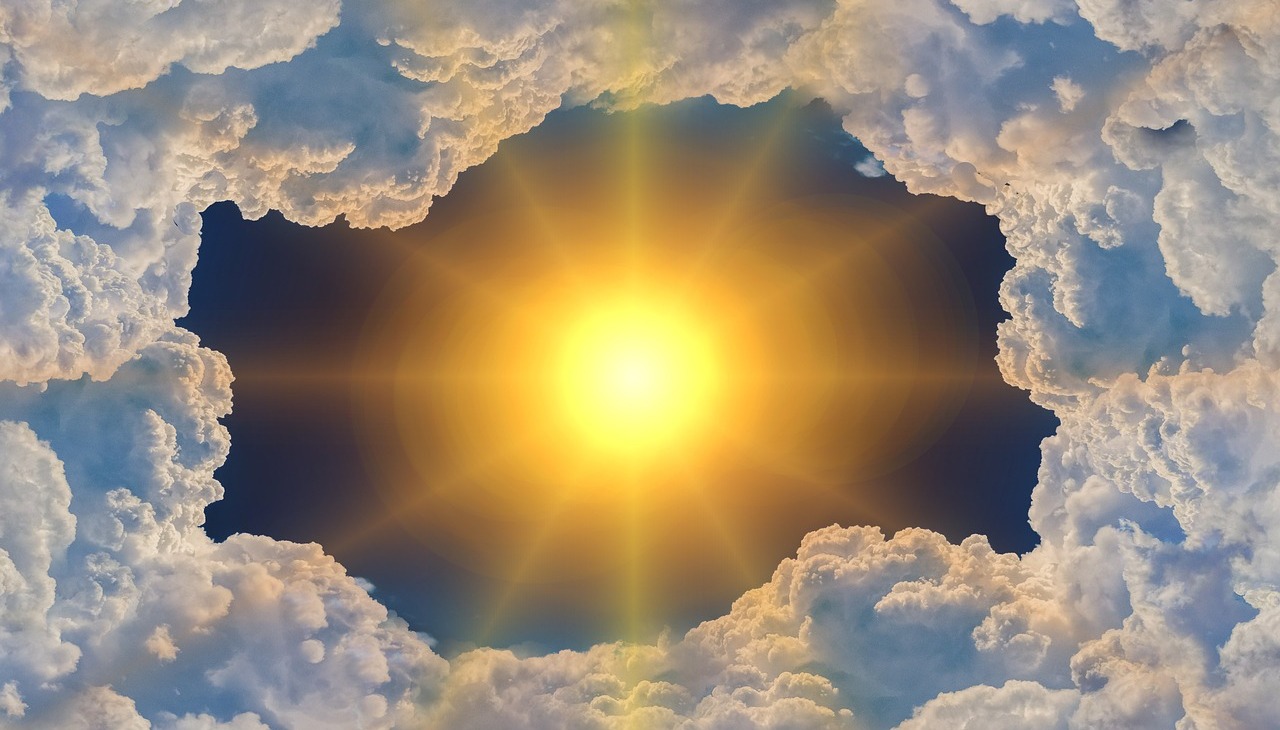
Good news for the environment: The size of the hole in the ozone layer is shrinking
A recent NASA report shows signs of reduction in 2022.
According to a series of satellite measurements carried out by NASA and the National Oceanic and Atmospheric Administration (NOAA), between September 7 and October 13, 2022, the size of the hole in the ozone layer in the Southern Hemisphere reached an annual average area of 23.2 million square kilometers, a figure that, although still high, represents a slight reduction compared to last year, which also means a downward trend in recent years.
Paul Newman, a scientist at NASA's Goddard Space Flight Center, stated:
Over time, steady progress is being made, and the hole is getting smaller.
Although the new measurement marks a slightly lower extension than that achieved last year, it is well below the average quantified in 2006, when its historical maximum was reported.
RELATED CONTENT
Montreal Protocol
Among the factors that have influenced the reduction in the size of the hole in the last two decades, experts point to the importance of the Montreal Protocol, which promotes the elimination of substances that damage the ozone layer.
Being the only international treaty ratified by all the countries of the Earth with this objective, this protocol, signed 35 years ago, prohibits the release of chemical substances called chlorofluorocarbons, or CFCs, that are harmful to the ozone layer.
Methane is far more effective than carbon dioxide at trapping heat in Earth’s atmosphere. Our new @NASAClimate EMIT mission, designed to measure atmospheric dust, has mapped more than 50 methane “super-emitters” around the planet: https://t.co/d4OhBwIeOQ pic.twitter.com/9QLxDMN0nW
— NASA (@NASA) October 25, 2022
How to prevent the expansion of the hole?
Taking into account that chlorine and bromine, derived from man-made compounds, are released from chemical reactions in high-altitude polar clouds, the action of these chemicals on the ozone layer causes it to begin to exhaust when the Sun rises in September, towards the end of winter, an effect that occurs with greater importance in Antarctica.
Experts also analyzed the possible stratospheric impacts of the Hunga Tonga-Hunga Ha'apai volcano eruption in January 2022, recalling how the 1991 Mount Pinatubo eruption released considerable amounts of sulfur dioxide that amplified the depletion of the ozone layer, but so far no direct hit has been detected.











LEAVE A COMMENT: